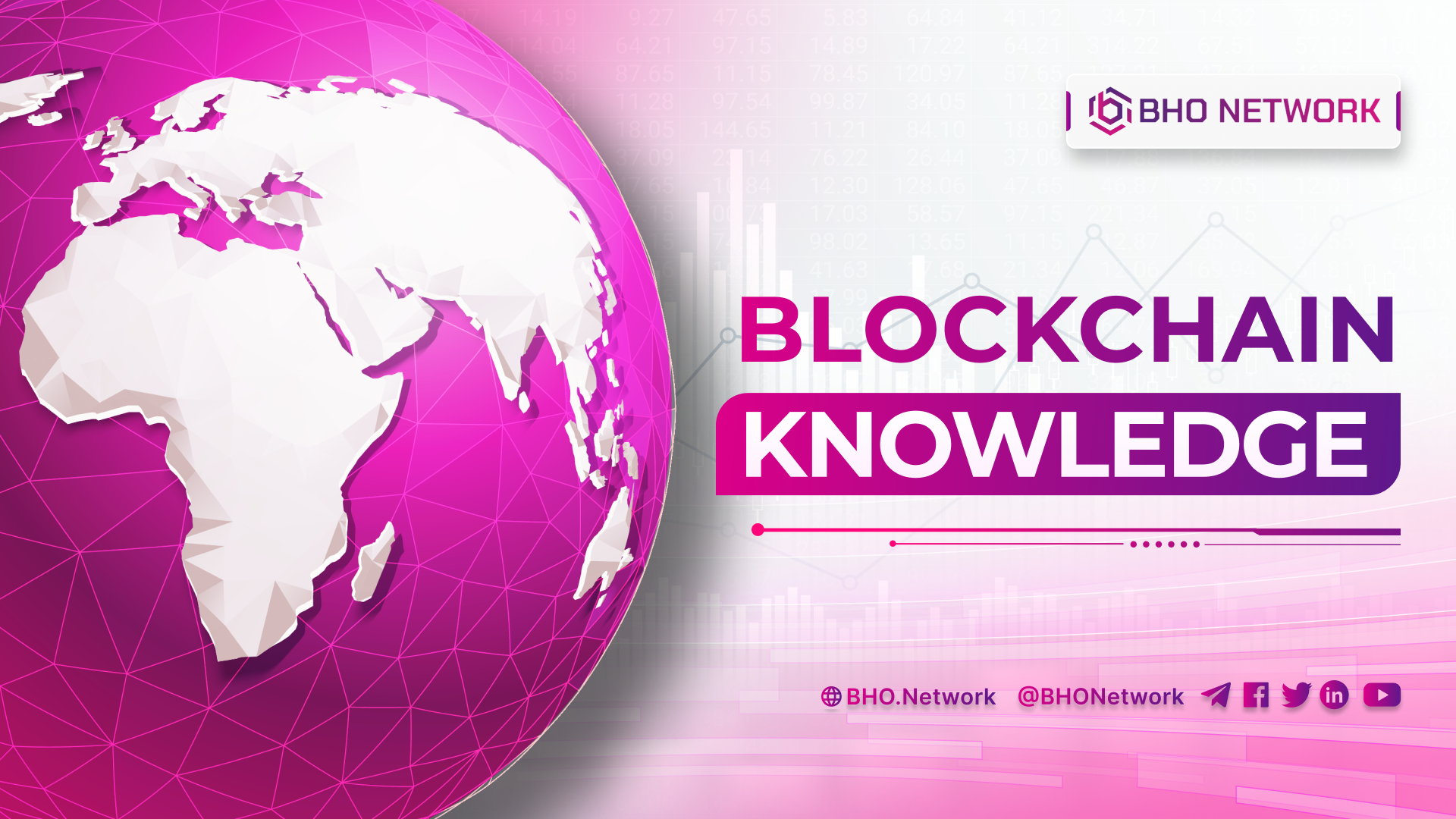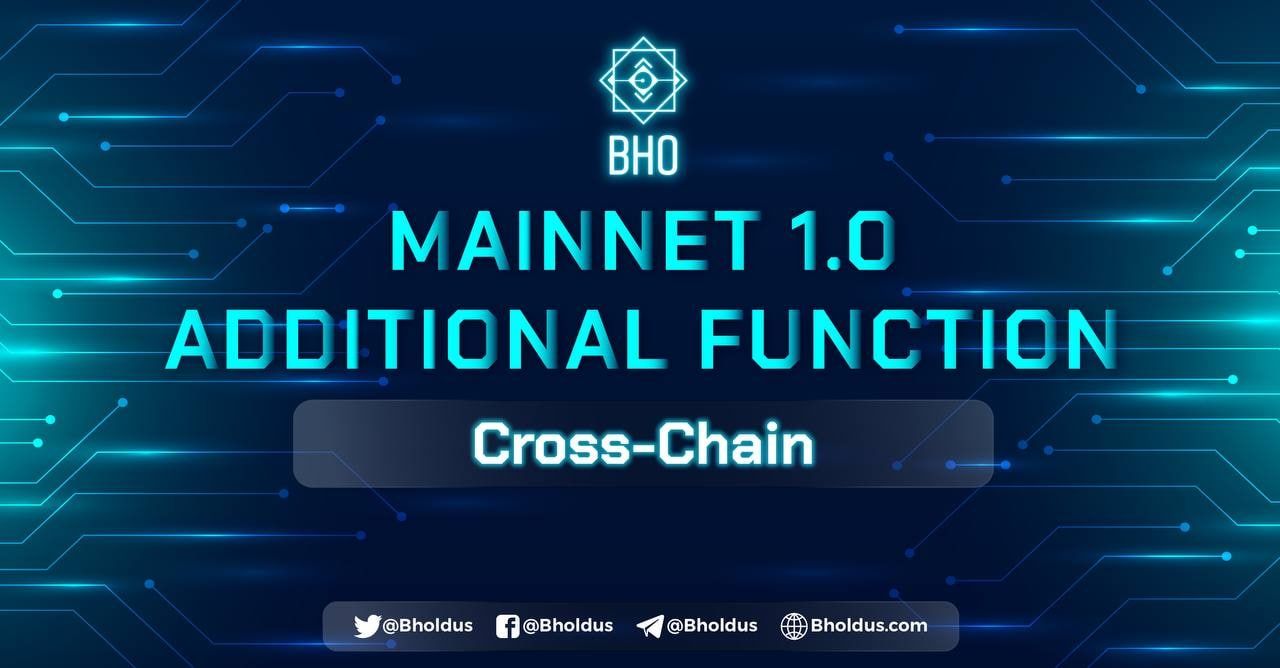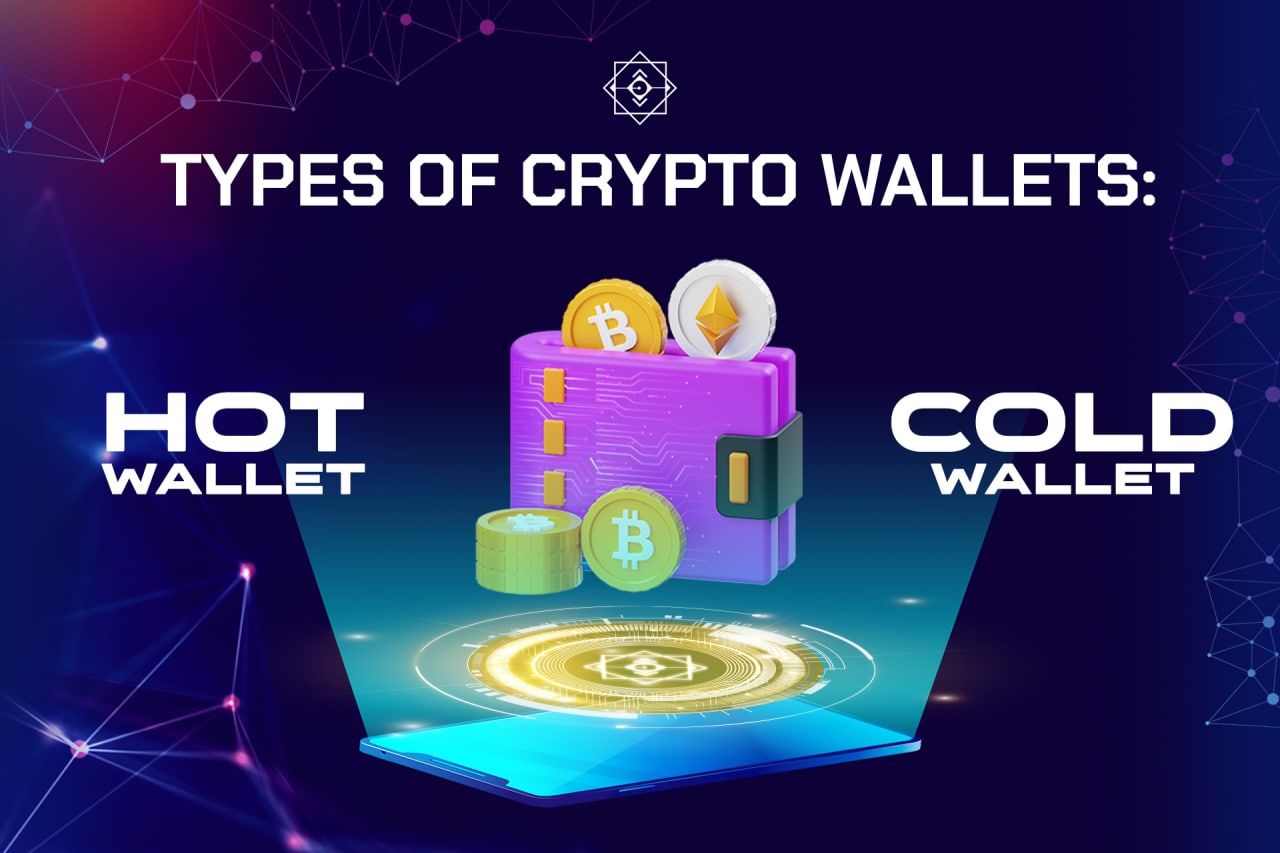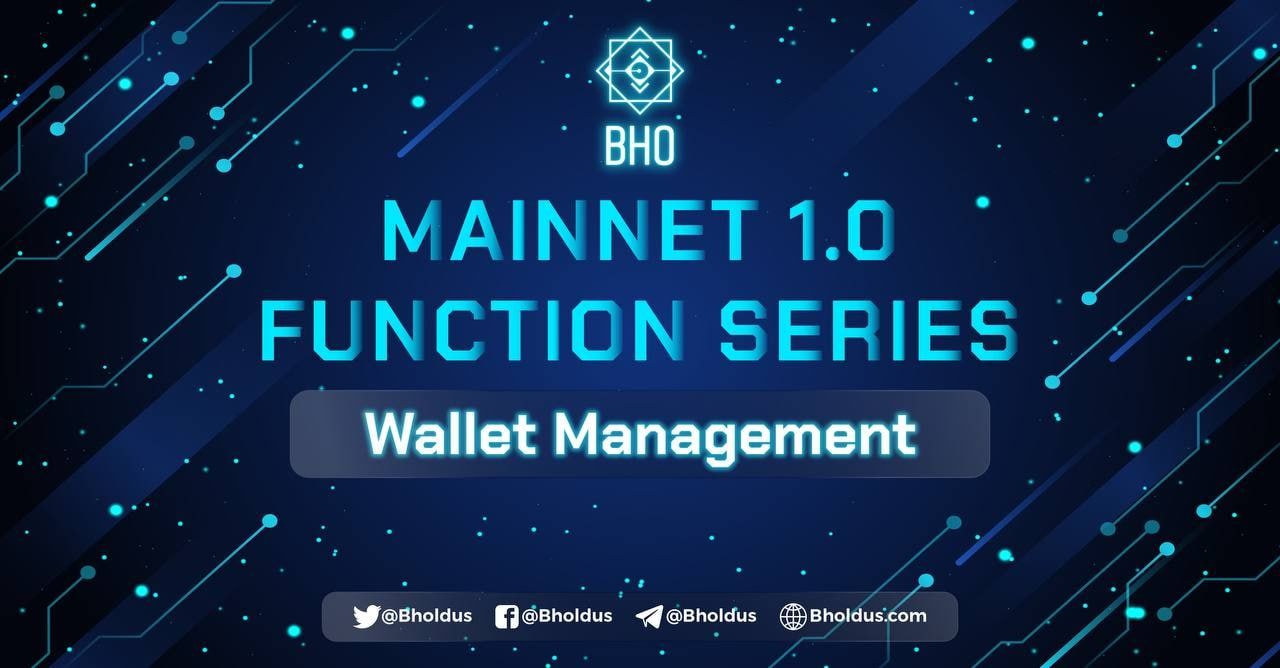- Blog
- Crypto News
- What is DeFi? Things to know about decentralized finance
What is DeFi? Things to know about decentralized finance
- 1. Definition of Defi and CeFi
- 1.1 What is DeFi?
- 1.2 What is CeFi?
- 1.3 Difference between centralized and decentralized economy
- 2. Why is Defi important for today's economy?
- 3. Properties of Defi
- 4. How does Defi work?
- 5. DeFi components
- 5.1 Decentralized stablecoin
- 5.2 Lending/borrowing
- 5.3 Decentralized Insurance
- 5.4 Decentralized exchanges (DEX)
- 5.5 Liquidity Mining
- 5.6 Decentralized oracles
- 5.7 Decentralized derivatives
- 5.8 Synthetic Assets
- 6. Defi applications
- 6.1 Peer-to-Peer Lending
- 6.2 Creating Stablecoins
- 6.3 Prediction Market Generation
- 7. Advantages and disadvantages of Defi
- 7.1 Advantages
- 7.1.1 High transparency
- 7.1.2 Convenient, fast, and easy transactions
- 7.2 Cons
- 7.2.1 Faced with large market volatility
- 7.2.2 Having to prepare tax finalization records
- 8. What is a Defi coin? How to choose a potential Defi coin?
- 9. What platforms are building the Defi ecosystem?
- 9.1 Solana
- 9.2 Binance Smart Chain
- 9.3 Terra
- 10. What's the future for Defi?
What is Defi? Why is Defi attracting the attention of crypto investors around the world? In this article, let's update with BHO Network the basic information about Defi - the decentralized finance representing the future trend.
1. Definition of Defi and CeFi
Before injection, let's learn the concept of Defi and CeFi with BHO Network to better understand these two financial platforms.
1.1 What is DeFi?
Defi (Decentralized Finance) is a decentralized finance platform called available finance in which institutions, markets, or financial instruments are managed decentralized.
To put it more simply, Defi takes advantage of Blockchain's inherent strengths of decentralization and transparency to create available finance, where everyone can participate and use it anywhere, at any time, without the domination of any centralized individual or organization.
Products and projects in Defi: Defi also has the same operations as CeFi. They can be savings, transactions, loans, borrowings, transfer orders, debts, bill payments, etc. And those activities are done on Blockchain's Smart contract, not processed. Through a 3rd party intermediary.
1.2 What is CeFi?
CeFi (Centralized Finance) is centralized finance, including components such as institutions, trading markets, or instruments that will be centrally managed. Contrary to Defi, CeFi always comes with the phrase "custodial," also known as trust. Financial assets, products, or services will be entrusted to specific organizations.
In CeFi, all of the above components operate and interact with each other through 3rd parties. The activities include savings, transactions, transfer orders, loans, borrowing, salary, or bill payments.
CeFi projects in Crypto:
- Centralized exchanges such as Coinbase, OKEx, Huobi, and Binance.
- Lending & borrowing forms such as Nexo and Constant.
- Stablecoins 1.0 like: USDT, PAX, USDC, HUSD, GUSD
1.3 Difference between centralized and decentralized economy
The most obvious difference between traditional finance and decentralized finance is their mandate. In traditional finance, there are always intermediaries with centralized power in financial institutions, markets, and instruments. At the same time, Defi uses the power of Blockchain as transparency and decentralization to eliminate these intermediaries.
Decentralized blockchains will replace governments or banks (CeFi). Cefi's assets will be replaced by tokens belonging to Blockchain's ecosystem, which are decentralized.
Defi's mission is to provide users with access to financial services anywhere, as long as they have the Internet. This shows the openness characteristic of Defi.
2. Why is Defi important for today's economy?
Defi uses the fundamentals of Bitcoin (digital currency) to create a truly digital alternative to Wall Street with no associated costs (exchanges, office towers, salaries for bank staff). It could lead to more open, free, and fair financial markets, accessible with an Internet connection.
3. Properties of Defi
As mentioned above, Defi is the most practical application of Blockchain; it takes advantage of all benefits of Blockchain, including:
- Decentralization.
- Dispersibility.
- Transparency.
Therefore, Defi also inherits properties from Blockchain. Defi has five properties:
- Decentralization.
- No need for permission.
- No need to trust but still ensure safety.
- Transparency.
- No entrustment is required.
4. How does Defi work?
Usually, users use Defi through software called dApps (decentralized applications); now, most of them run on the Ethereum blockchain. Defi's need to complete an application or open an account is different from a traditional bank.
Here are some Defi services that users can use today:
- Lending: Lend your Crypto and earn interest on it, and you get rewarded every minute, not every month.
- Get a loan: It's possible to get an instant loan with no paperwork, including very short-term "fast loans" that traditional financial institutions do not offer.
- Trading: Peer-to-peer (P2P) trading of specific crypto assets, just like you can buy and sell stocks without the need for an intermediary.
- Save for the Future: Put some of your cryptos in other savings accounts and benefit from a higher interest rate than the one the bank offers.
- Buy derivatives: take more or less long positions. Think of them as cryptocurrency versions of stock options or futures.
5. DeFi components
Trends are constantly changing, and BHO Network updates the components of Defi in the content below.
5.1 Decentralized stablecoin
Stablecoin is designed to minimize the impact of price fluctuations (volatility) by being fixed to a more stable asset such as fiat money, commodities (gold, silver), or another cryptocurrency.
Stablecoins take advantage of Blockchain and peer-to-peer value transfer without the high volatility of users as other cryptocurrencies. Therefore, stablecoins will be issued in a decentralized manner.
Stablecoins are divided into two generations:
- Stablecoins 1.0 are stablecoins issued as collateral of centralized commodities such as dollars, dollars, and gold.
- Stablecoins 2.0 (Decentralized Stablecoins) are issued against the collateral of other cryptocurrencies (Defi). Simply put, you mortgage your Crypto to issue stablecoins (with a smaller amount).
5.2 Lending/borrowing
This is a decentralized lending and borrowing platform; the two main subjects are:
- Lenders (depositors): Using assets or money to lend to Borrowers at a specific interest rate. After a period, they will receive the principal and interest according to the original agreement.
- Borrowers (loan takers): Will borrow money or property from Lenders and must be willing to pay interest on that amount.
What is Defi Project? Some prominent projects in this segment: are AAVE, BZRX, Fulcrum, OsisCompound, MakerDAO, and Dharma.
5.3 Decentralized Insurance
Decentralized insurance is a form of decentralized insurance for users in Defi applications.
If in traditional insurance, there will always be two parties:
- The first part is the person who needs to buy insurance.
- The second part is the agent, the insurance seller, or the risk analyst, who will compensate the buyer when the risk occurs.
As for Defi, we need to have decentralization, so insurance in Defi will have three parties:
- Insurance buyers: Those who want to protect themselves against the risks of participating in the crypto space or Defi-related products. They will buy relevant insurance, and if something goes wrong, they will be compensated according to the contract in the Smart Contract.
- Risk assessors: As people who trust this system, they will pay to insure others. When the buyer spends money to buy insurance, that money will be divided among those who assess this risk.
- Claims reviewers: People who will assess whether or not a buyer's claim is admissible.
These three parties will work together and distribute the risks in the decentralized insurance system. Some prominent projects in the Decentralized Insurance segment: are Yearn Insurance, Hakka Finance (3F Mutual), Nexus Mutual, and Opin.
5.4 Decentralized exchanges (DEX)
What is Defi exchange? DEX (Decentralized Exchange) is a cryptocurrency exchange built and decentralized on the Blockchain platform. At DEX, there is no need to go through any intermediary organizations; the buying and selling transactions still take place peer-to-peer on the Blockchain network.
5.5 Liquidity Mining
Liquidity Mining is a form of allowing users to make profits by providing the liquidity of their coins to the exchange. Participants will receive a reward (usually) in governance tokens.
This form has been prevalent since July 2020, and the keyword Yield Farming often accompanies it. In simpler terms, Yield Farming is a term that refers to users trying to generate as much profit as possible from their crypto assets by providing liquidity to Defi protocols.
Although by 2021, Yield Farming will no longer be as attractive as it used to be, it is still a necessary form of bootstrapping liquidity.
5.6 Decentralized oracles
Oracle is a real-time data delivery system for Blockchains and smart contracts. Thanks to the help of Oracle, Blockchain and smart contracts (on-chain) can interact with external data (off-chain).
It can be understood that Oracle is a data source sent to smart contracts. From there, they are allowed access to actual data outside the Blockchain ecosystem. Usually, asset price information is at an exact point in time. Some projects on Oracle array that you should know: Chainlink (LINK), Band Protocol (BAND), DIA, and Tellor (TRB).
5.7 Decentralized derivatives
In traditional finance, a derivative (or derivative) is a financial transaction contract between two or more parties based on the future value of an underlying asset. This means that people will trade against the value of another entity instead of owning it directly. Profit is generated based on the spread and price movement of that underlying asset.
In Defi, Decentralized Derivatives are a form of decentralized derivatives trading based on the value of Crypto coins. In other words, you will be trading based on the price of Crypto coins, not directly owning and buying these Crypto coins. Therefore, the underlying asset differs between traditional and decentralized derivatives trading.
5.8 Synthetic Assets
A synthetic asset is a new type of derivative, namely tokens that are derivatives' digital representations. Derivatives are financial contracts that provide customized exposure to the underlying asset or financial condition, and synthetic assets are a tokenized representation of those positions—synthetic assets like Synthetix and Mirror Protocol.
6. Defi applications
Let's learn about DeFi's outstanding applications with BHO Network in the content below.
6.1 Peer-to-Peer Lending
Peer-to-peer (P2P) financial transactions are one of the fundamental premises behind Defi. A P2P Defi transaction is when two parties agree to exchange cryptocurrencies with a relevant third party for goods or services.
To fully understand this, let's look at how to get a financially focused loan. You need to go to your bank or another loan company and apply. If authorized, you will have to pay interest and service fees to gain access to that lender's services.
Peer-to-peer lending under Defi does not mean that there will be no interest and fees. That means you'll have more options as lenders can be anywhere in the world.
6.2 Creating Stablecoins
Another type of Defi is stablecoins. Cryptocurrencies have stronger price movements than fiat, which is unsuitable for people who want to know what their money is worth a week from now.
Stablecoins peg crypto to a non-crypto currency like the US dollar, for example, to keep prices under control. True to their name, stablecoins with the explicit purpose of providing "stability" in price.
Stablecoins to watch out for include:
- Tether ( USDT )
- USD Coin ( USDC )
- Binance USD (BUSD)
- TerraUSD ( UST )
- Dai ( DAI )
6.3 Prediction Market Generation
One of the oldest Defi applications on Ethereum is a "prediction market" where users bet on the outcome of certain events, for example, "Will Donald Trump win the 2020 presidential election?".
Participants' intention is clearly to make money, although prediction markets can sometimes predict outcomes better than traditional methods, like opinion polls. The centralized prediction markets that have a pretty good track record in this regard include Intrade and prediction.
Defi has the potential to spur interest in prediction markets, as they often become a thorn in the side of governments and often shut down when centrally run.
7. Advantages and disadvantages of Defi
What are the advantages and disadvantages of Defi floors? BHO Network will review the details in the content below; readers pay attention to follow.
7.1 Advantages
7.1.1 High transparency
In Defi, trust is entirely unnecessary. You do not need to prove your identity or ability to repay the loan. The game's rules have been laid down, and all parties must abide by them.
Now, the smart contract is the arbiter to help maintain the rules of the game and ensure the interests of the parties, making automated tools available to everyone by being transparent and non-discriminatory.
7.1.2 Convenient, fast, and easy transactions
Thanks to Blockchain technology behind to help, Defi eliminates intermediaries such as banks or the Government. Thus, anyone can access financial products and services without the permission and regulation of these agencies.
7.2 Cons
7.2.1 Faced with large market volatility
Being faced with large market volatility, current Defi still cannot be as large as traditional financial systems. Therefore, it is difficult for users to put their trust in an area that is not as profitable as the traditional financial sector.
7.2.2 Having to prepare tax finalization records
Defi itself or even Blockchain technology is still developing. In many countries, Blockchain and its products have not been legalized yet. This means that if there is any dispute, there will be no party to guarantee or solve it for you.
8. What is a Defi coin? How to choose a potential Defi coin?
What is Defi Coin? Defi coin is the coin or token of Defi projects. The criteria for choosing Defi coin as a potential:
- Blockchain must be the latest version, with good scalability, storage, and high security.
- Being invested by reputable funds or investors.
- The project development team has a lot of experience in the Crypto market, and it is crucial to understand how this market works. Defi is currently developing akin to the traditional financial market (Trafi). Therefore, if a team understands the "money game" in the Trafi market, it will be a huge advantage.
- The project is located in the right direction of the current trend, or if the project does not develop according to the trend, it must develop and build in the essential segment.
- Some products and applications can meet users' needs, providing a good user experience.
9. What platforms are building the Defi ecosystem?
Let's explore with BHO Network what major organizations have been doing to build the Defi ecosystem.
9.1 Solana
Solana is a Blockchain platform first listed on Binance in April 2020. Until June 2021, the Defi puzzle pieces have been gradually completed; some typical projects can be mentioned, such as Raydium, Parot, Mercurial, etc.
However, the Solana ecosystem is somewhat under development now, partly because the market is showing negative signs, and there are no outstanding projects. In addition, because the market is going down, the difference in programming language compared to Ethereum has also caused many obstacles for project teams.
However, that is just the current situation. Like BSC and CZ, Sam - The founder of the FTX exchange, is a very vocal person in the Solana ecosystem and actively supports these projects when the tokens in this ecosystem all get the first FTX list.
9.2 Binance Smart Chain
After experiencing robust growth, Binance Smart Chain has begun to show "reaching the threshold" when signs such as TVL or BNB price are somewhat leveling off.
The FOMO of Binance Smart Chain has caused a lot of "junk" projects to mushroom, resulting in many hacking events. This can be considered a purge of projects not of high quality.
However, Binance Smart Chain has some good projects; for example, PancakeSwap, from a fork of Uniswap on Binance Smart Chain. PancakeSwap has "turned around" into a force with a system that brings a lot of attractive features, causing CAKE price to decrease but still recover quite well.
9.3 Terra
The new Terra ecosystem has been around for about a year. But since UST - Terra's stable coin was put into operation, along with the launch of two important products: Anchor Protocol and Mirror Protocol, Terra's TVL has grown tremendously, and now Terra is in the top 5 blockchains having the highest TVL.
10. What's the future for Defi?
When it comes to Defi, people often hear TVL metrics. TVL (Total Value Locked) is the total amount of assets locked in Defi applications. The higher this number, the more attractive Defi is to users. In just over half a year, DeFi's TVL has grown eightfold. The peak is almost 12 times ($150B).
Most of the main contributing projects for TVL are in the DEX and Lending segments. This shows that the most prominent arrays are currently only DEX and Lending after a development period.
The reason may be that users have begun to understand more about Defi and gradually put their trust in using decentralized exchanges, as well as have become more proficient in increasing the efficiency of capital use using a digital currency borrowing mode.
If you still do not know what is Defi, we hope that this article of BHO Network has provided you with valuable and practical knowledge. Keep visiting the website: https://bho.network to learn more knowledge to know when participating in the cryptocurrency market.
Published on January 06, 2022
Tagged topics







